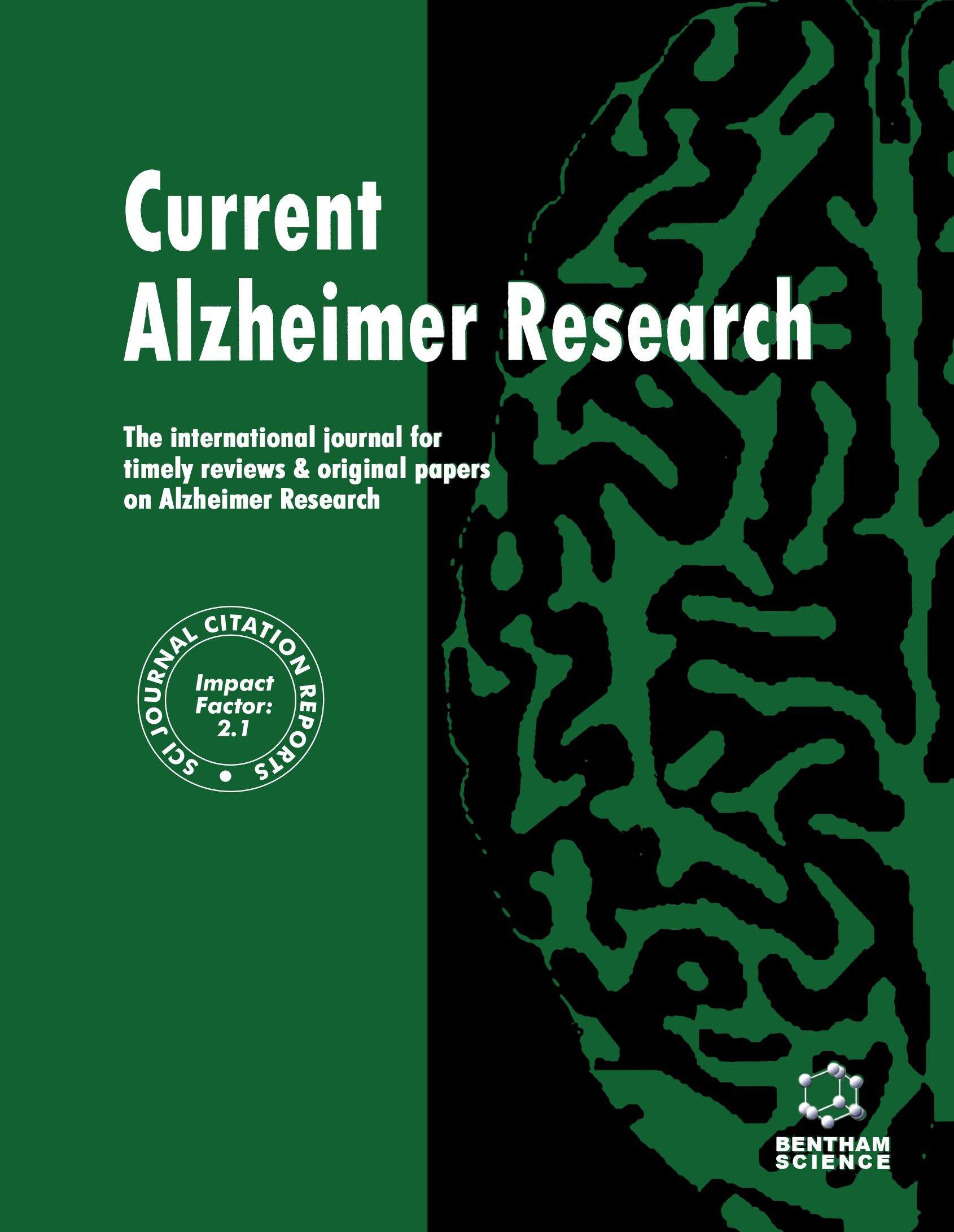
Full text loading...
We use cookies to track usage and preferences.I Understand
When Ant Colony Optimization algorithm (ACO) is adept at identifying the shortest path, the temporary solution is uncertain during the iterative process. All temporary solutions form a solution set.
Where each solution is random. That is, the solution set has entropy. When the solution tends to be stable, the entropy also converges to a fixed value. Therefore, it was proposed in this paper that apply entropy as a convergence criterion of ACO. The advantage of the proposed criterion is that it approximates the optimal convergence time of the algorithm.
In order to prove the superiority of the entropy convergence criterion, it was used to cluster gene chip data, which were sampled from patients of Alzheimer’s Disease (AD). The clustering algorithm is compared with six typical clustering algorithms. The comparison shows that the ACO using entropy as a convergence criterion is of good quality.
At the same time, applying the presented algorithm, we analyzed the clustering characteristics of genes related to energy metabolism and found that as AD occurs, the entropy of the energy metabolism system decreases; that is, the system disorder decreases significantly.

Article metrics loading...

Full text loading...
References


Data & Media loading...

